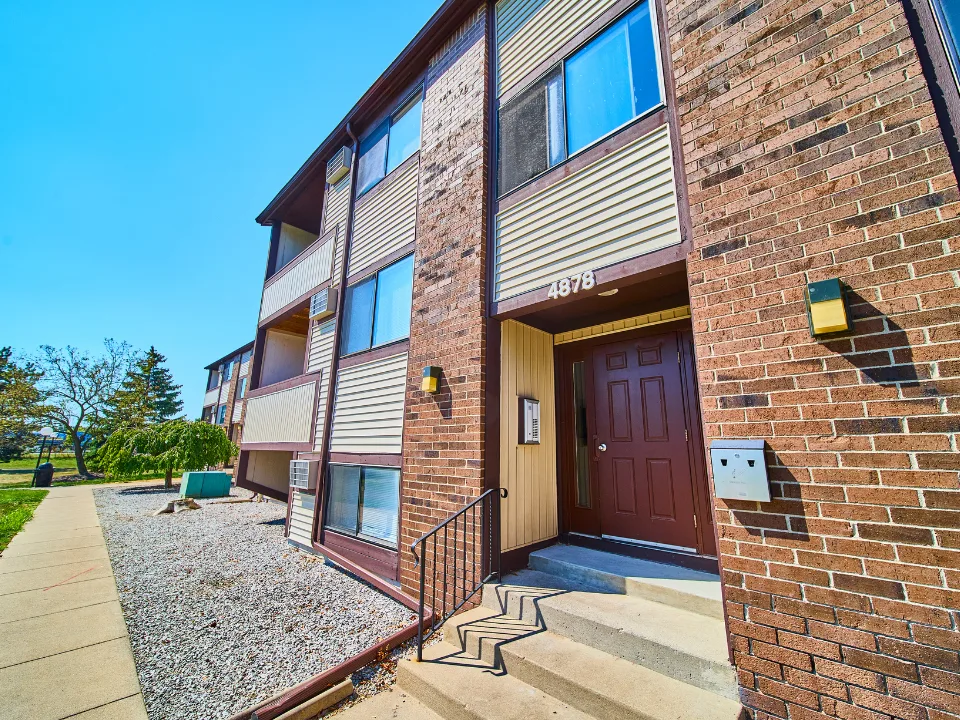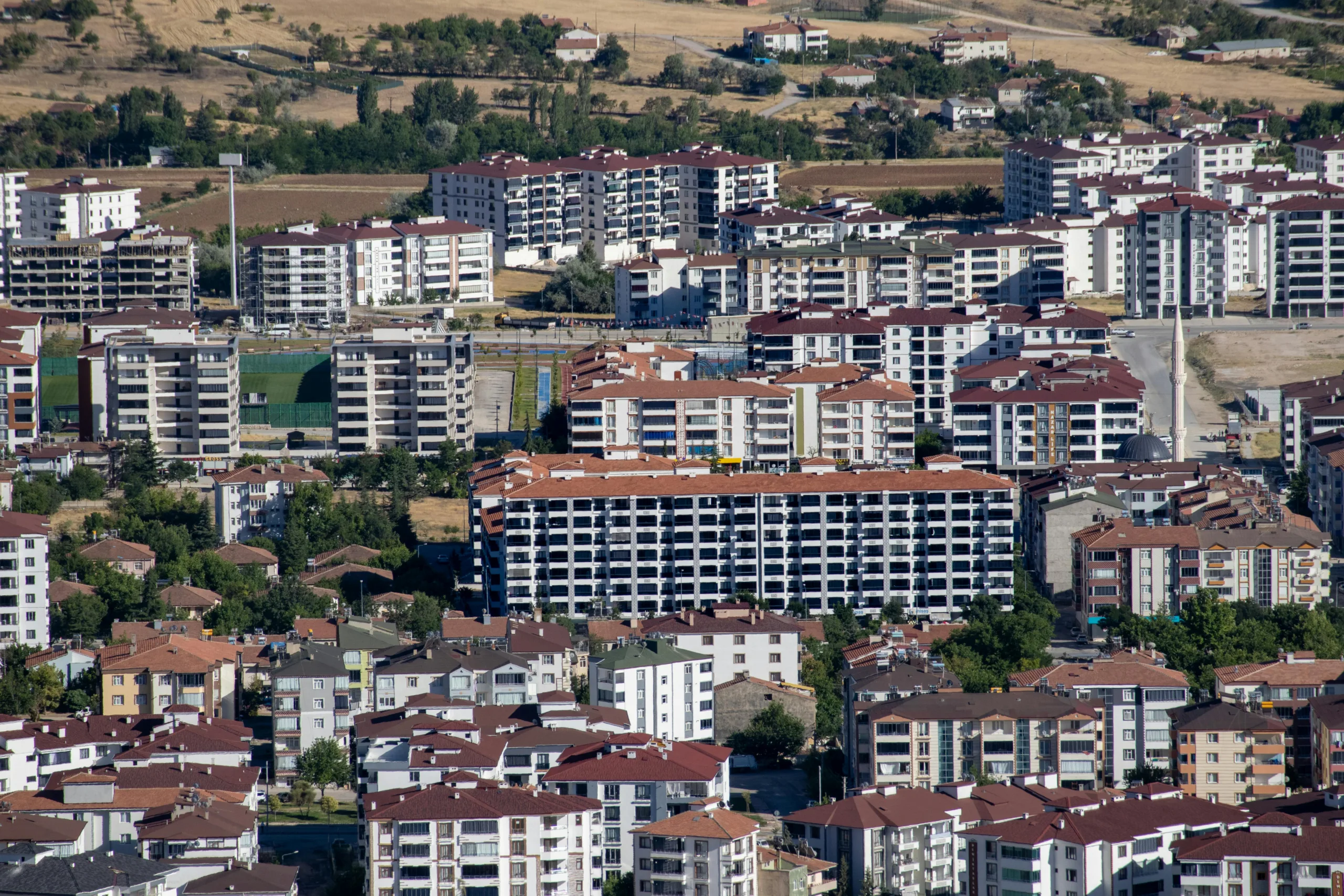- Ohio absorbed 15,890 units in the 12 months through March 2025, with occupancy averaging 95.5%.
- Columbus led the state in net move-ins and construction, with 6,536 units absorbed and 12,563 units underway.
- Cincinnati posted the highest rent growth at 3.1%, while the state’s transaction volume rose 8% to $336M.
According to GlobeSt, Ohio’s multifamily market is on the rise. A recent report from Colliers shows strong demand in Columbus, Cleveland, and Cincinnati. Rents are climbing, and occupancy remains high. But with thousands of new units under construction, a market shift may be coming.
Demand Outpaces Supply — For Now
Ohio’s multifamily market absorbed nearly 15,900 units in the past year. Columbus saw the most activity with 6,536 net move-ins. Cincinnati followed with 4,641 units and Cleveland with 3,161. Average occupancy statewide was 95.5%. Cincinnati led in gains, jumping 1.2 percentage points to 95.8%.
Get Smarter about what matters in CRE
Stay ahead of trends in commercial real estate with CRE Daily – the free newsletter delivering everything you need to start your day in just 5-minutes
Rents Continue to Climb
All three major cities posted solid rent growth. Cincinnati led with a 3.1% increase, reaching an average of $1,353 per month. Columbus rents rose 2.9%, while Cleveland saw a 2.3% gain. Across Ohio’s multifamily market, rents averaged $1,310.80 per month.
Investment Activity Accelerates
Multifamily investment volume rose 8% year-over-year to $336M. Columbus attracted the biggest deals. Reynolds Asset Management bought a 432-unit property for $34.93M. Tailwind Group and Azura Capital also made sizable acquisitions in the city.
New Supply Raises Concerns
Despite strong numbers, Colliers warns of rising headwinds. Developers are adding thousands of new units. Columbus alone has 12,563 units under construction. Cleveland is building 3,648 units, and Dayton is adding 1,605.
Why It Matters
Strong demand has kept Ohio’s multifamily market stable. But supply is catching up fast. Developers and investors will need to monitor whether demand can keep pace.
What’s Next
Columbus is expected to stay resilient. Colliers projects 3.2% rent growth and 95% occupancy over the next year. Still, the flood of new inventory could test the market’s limits across Ohio.


















